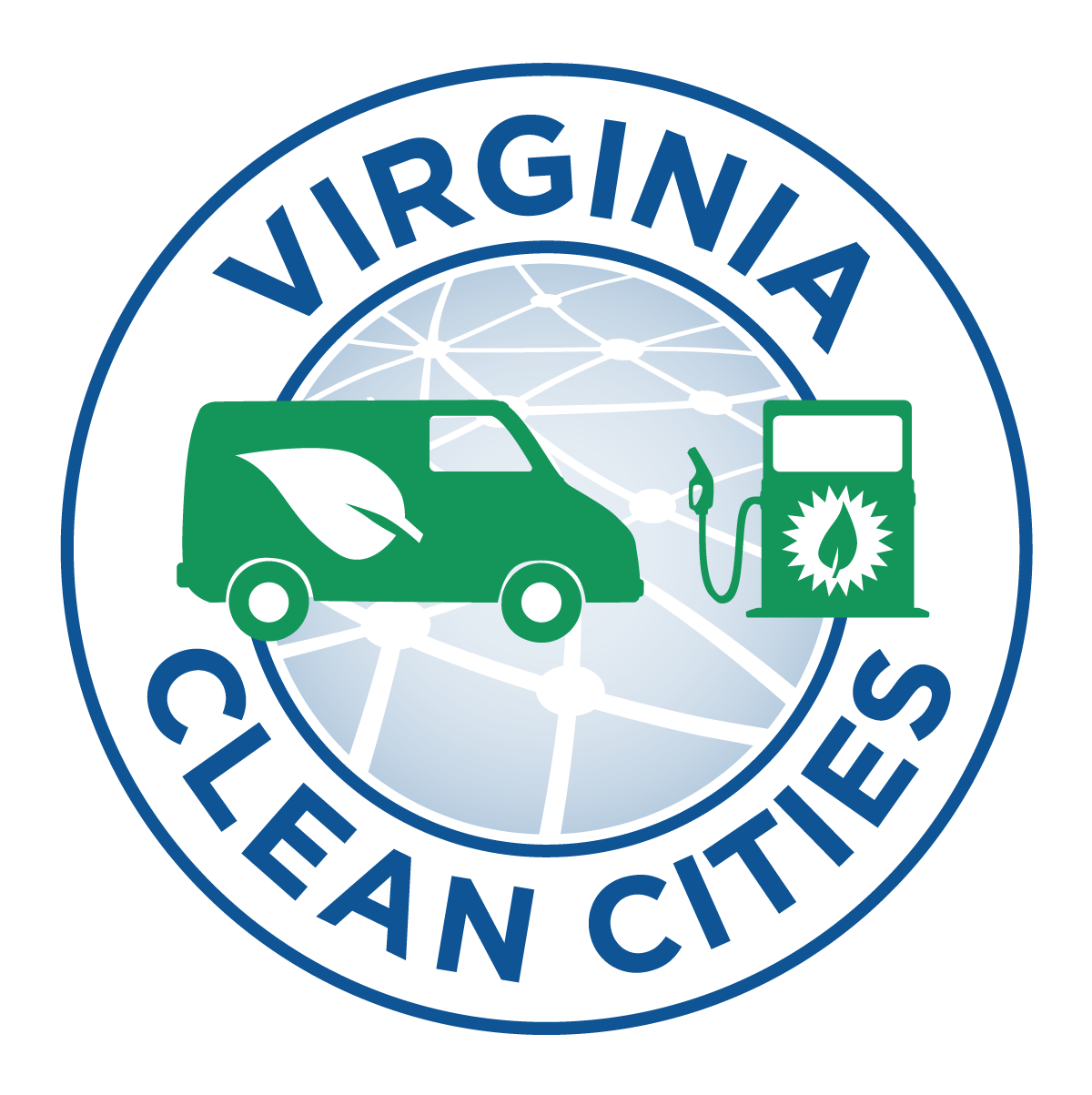Weaving among its aisles, visitors to the Washington Auto Show can marvel at the latest concept cars or mosey up to a shiny historic vehicle. This year’s show also featured the most all-electric vehicles to date—signaling just how far the technology has come.
Behind the scenes at the Convention Center, leaders from metropolitan Washington gathered to strategize about readying the region for plugging in to a coming “revolution”—the electrification of transportation.
The COG-hosted program at the auto show’s public policy day, “How Can We Accelerate Electrification of Transportation in 2018?,” was attended by elected officials, state and federal agencies, academics, non-profits, and the private sector.
“We are at the precipice of accelerating the electrification of transportation,” said Ben Prochazka, Electrification Coalition Vice President told attendees, “Electricity is everywhere.”
According to Prochazka, EVs will make up more than half of all new car sales nationwide by 2040. There are already 50 EV models currently available for purchase.
Area leaders have been preparing for the EV “revolution” for quite some time; a regional EV readiness report developed in 2012 noted the environmental, economic, and energy security benefits of EVs. It also gauged the growing consumer interest in EVs, and put forward recommendations for readying the region’s infrastructure and policies to accommodate them.
Despite all the benefits of and buzz around EVs, experts say they are still viewed by U.S. consumers as a new technology.
According to Joshua Goldman, Senior Policy and Legal Analyst for the Union of Concerned Scientists and event speaker, EVs currently make up just one percent of car sales, yet 42 percent of U.S. households are equipped to use or charge an EV.
Although there are greater market forces affecting the adoption of these vehicles, there are also local and regional barriers to consider, he said.
Mary Lehman, Prince George’s County Council Member and COG Climate, Energy, and Environment Policy Committee Chairman, says the region has made significant progress addressing some of these barriers since 2012. Advancements have included deploying DC Fast Chargers to support the growing EV fleet, fostering public private partnerships to support expanded charger availability, and organizing area fleet managers on cooperative purchases of green vehicles. According to the U.S. Department of Energy, there are currently over 300 Level 2 (240 volt) and DC Fast Charging public stations in metropolitan Washington.
Lehman noted that 2018 will be the year for the region to “revisit and refocus” its electrification efforts.
Program attendees identified several priorities and ideas for moving forward with this work, from forming a working group to identify future charging station locations, closing existing charging gaps in the region’s transportation corridors, to pushing for the development and adoption of green building codes for multi-family dwellings region-wide, to creating easy- to-read charts and information on the EV models available in the region to better inform consumers.
Further, officials will be weighing how best to integrate and manage EVs, the arrival of autonomous vehicle technology, and the rise of ride-hailing services.
COG will continue to play a key role in the region’s EV strategy. Currently, staff are working closely with other regions to develop an integrated Northeast Corridor EV Infrastructure Strategy, providing technical support for local planning efforts that identify and address EV infrastructure gaps, and helping partners leverage existing EV investments.
Source: MWCOG
